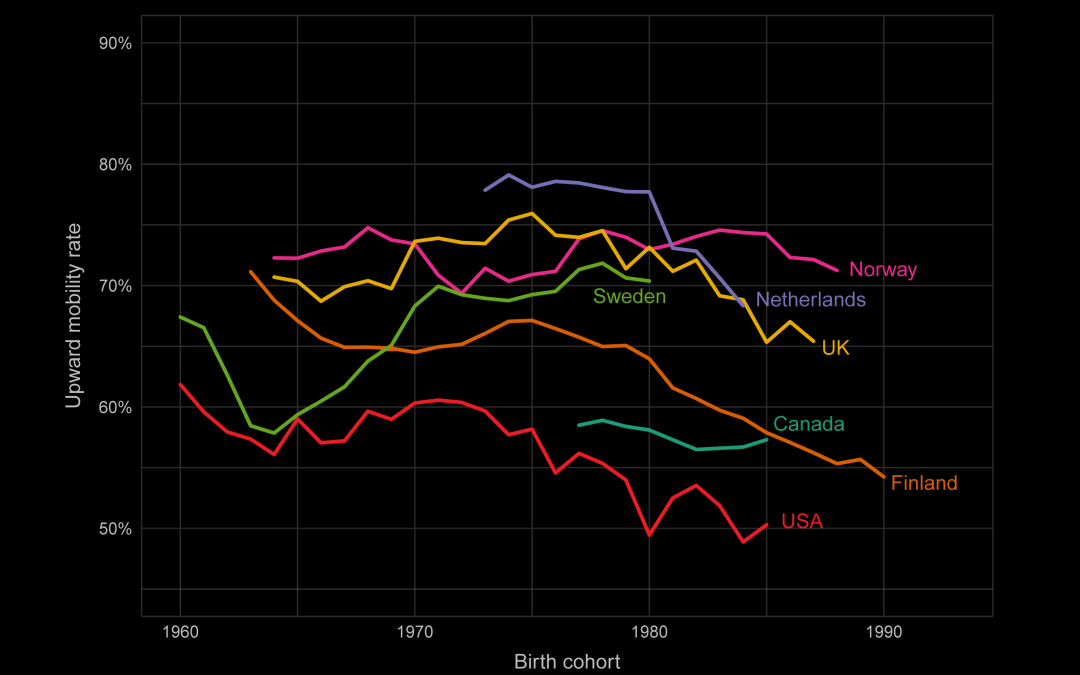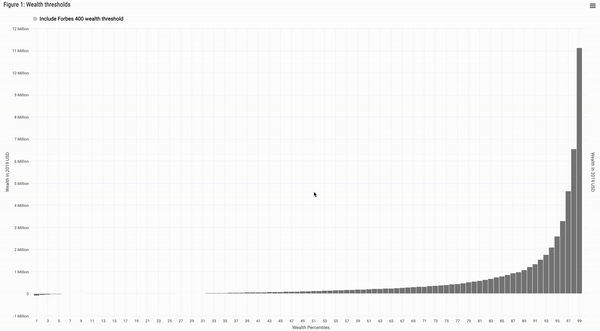Research Assistant Professor Joe LaBriola published a paper in Research in Social Stratification and Mobility (co-authored with Orestes P. Hastings) titled “The summer parental investment gap? Socioeconomic gaps in the seasonality of parental expenditures and time with school-age children.”
He answered five questions on their findings and what comes next.
Give us an elevator pitch for this paper.
We find that socioeconomic inequalities in how much money parents spend on enrichment activities for their children are wider during summer months than during the school year. This suggests that advantaged parents are more able to compensate for the loss of resources schools provide to children that occurs during school breaks.
Why was it important to you to study this?
There’s a big concern that socioeconomically advantaged children are exposed to more enriching out-of-school environments, leading to inequalities in learning over summer months when school is not in session. While we knew that there are socioeconomic gaps in parental investments in children in general, we did not know much about whether there were socioeconomic differences in how parents changed their investment behavior in response to the end of the school year.
How did you get started with this?
Pat and I worked on a previous paper that found that more advantaged parents responded to increasing income inequality by increasing their investments in their children, in part to give their children the best chance to make it to the top in the future. In the aftermath of that, we became curious if this also meant that more advantaged parents were also spending more money on enrichment activities for their children when school was not in session in order to help their children stand out.
What remaining questions should be addressed by future research on this topic?
One open question is how these seasonal differences in inequalities in parental investments in children might translate to greater inequalities in child outcomes. While other research has found that monetary investments in children have a small but significant positive effect on learning, the data we use in this paper does not allow us to connect the timing of parental investments in children to measures of child outcomes.
What would you recommend to improve these outcomes/reduce the socioeconomic inequalities that are occurring in this time period?
Our study suggests that, to some extent, more affluent parents turn up their investments in children when public investments in children are no longer present. We suggest that public summer programming (e.g., summer school, day camps, recreation leagues) that is made available to all children could help reduce summer inequalities in childrens’ access to resources. This programming would likely provide more enriching environments for some children from lower-resourced families, and, as our results suggest, would likely reduce socioeconomic inequalities in the investments that children receive from their own parents.

